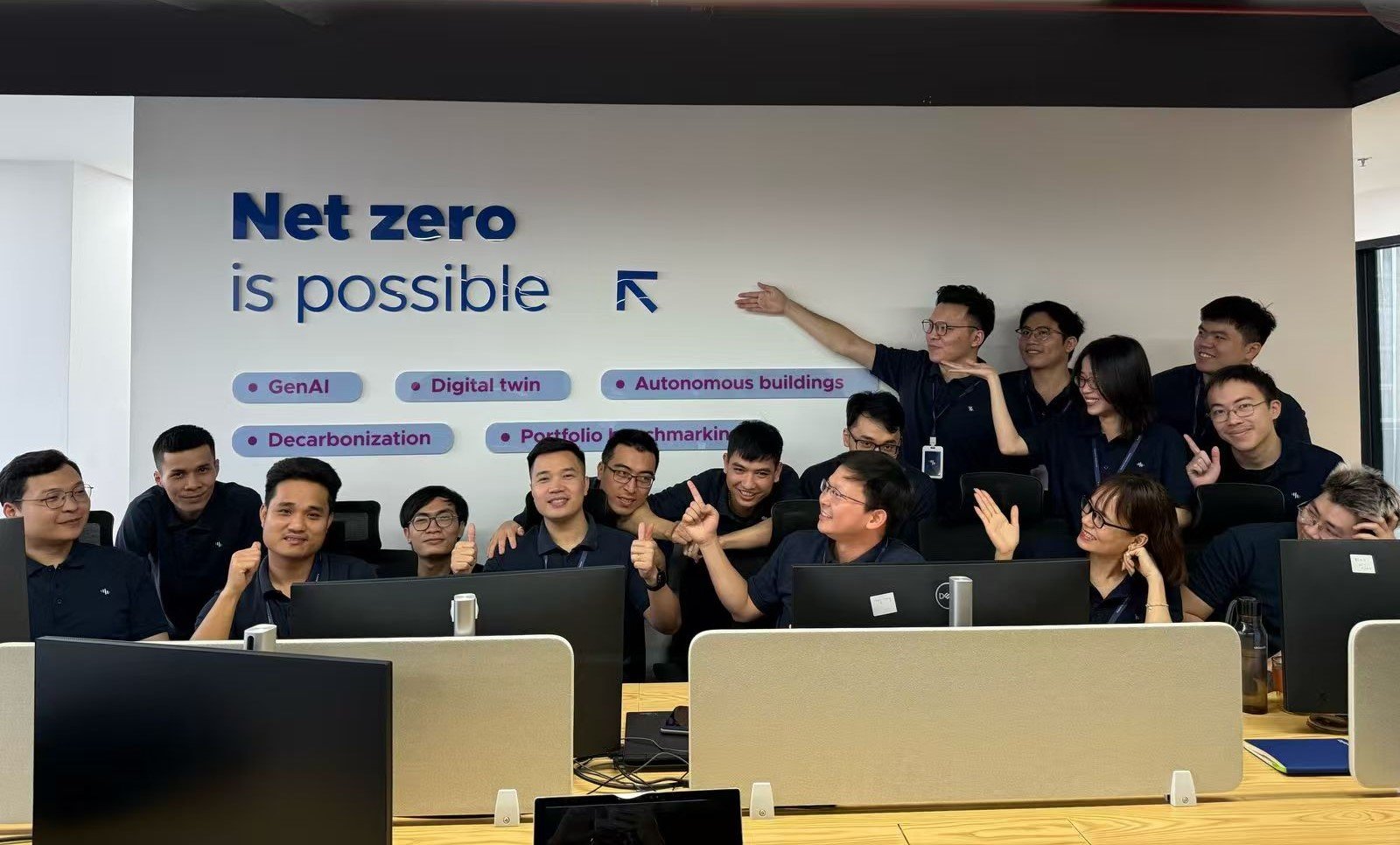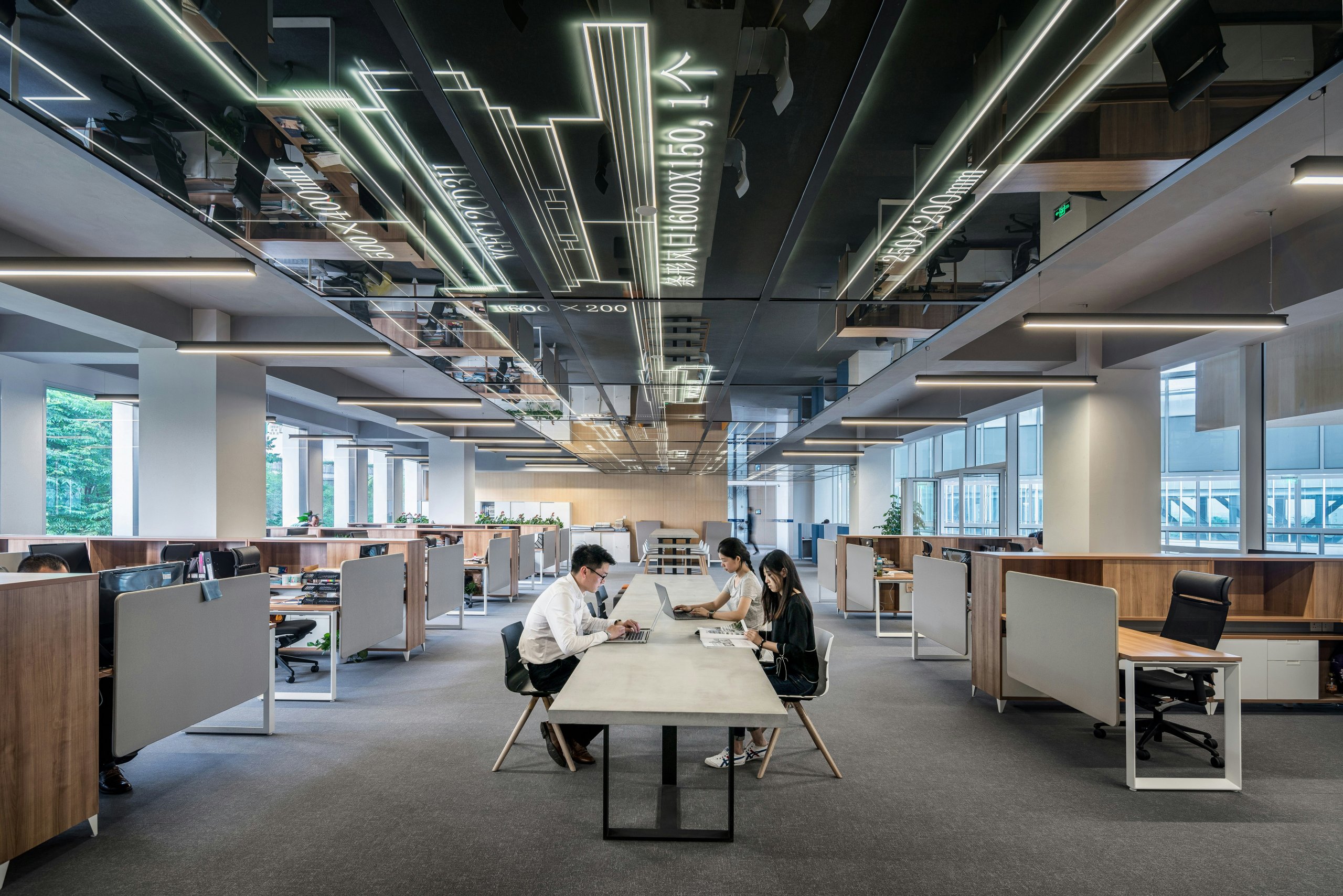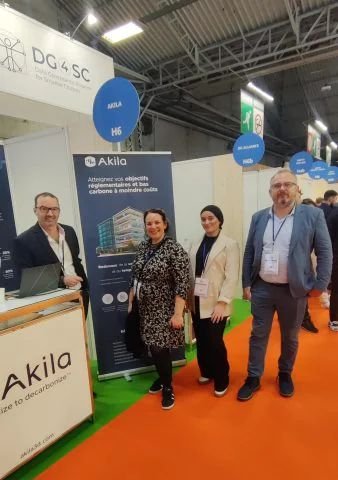
Akila brings a breakthrough to the management of built environments by realizing the optimization of building operations across their entire lifecycle. Cynthia Yuan, who leads Akila’s Engineering team, has been an instrumental part of that development through her BIM, design, and simulation expertise. We spoke with Cynthia about her career in engineering and green building design and her insights into the industry.
How would you describe your work at Akila?
I am responsible for digital engineering, including digital twins, engineering design, and related technical consulting. My primary focus is on BIM (Building Information Modeling) and the linkage between BIM and BAM (Building Assembly Modeling) in Akila’s “BIM, BAM, BOOM” approach to the building lifecycle.
What do you think of the changes that have occurred in the engineering design industry over the past few years?
In the future, the building process will achieve a “one model” approach like we have in advanced manufacturing industries by shifting from traditional two-dimensional drawings to three-dimensional designs, and then to the delivery of three-dimensional digital products without drawings.
How do you interpret the importance of BIM and digital twins and the interrelationship between them?
BIM is a basic framework for digital twins. It is not just a model, but a highly accurate database that records all the stages of the building process from design to construction. Digital twins are the key to managing this data. BIM facilitates the on-time delivery of building design and construction, management of budget shortfalls, and compliance with standards and requirements. Digital twins can help well-designed buildings achieve and exceed their intended purpose.
What simulations can your team currently offer?
We offer several different simulations based on BIM technology:
- Energy consumption: Used throughout the entire lifecycle of building design. We use building cooling/heating load calculations to select air-conditioning equipment, conduct energy consumption analyses of buildings when designing or renovating them, and optimize energy consumption through the development of models help to establish building management control modes to reach the maximum energy-saving potential of buildings.
- Comfort: This simulation is based on CFD (Computational Fluid Dynamics) technology and includes indicators for temperature, humidity, and wind speed, combining the outdoor and interior design of buildings with the goal of human comfort.
- Lighting environment: Lighting has a significant impact on the human mental state and psychological well-being. Excellent lighting design can improve comfort and reduce the energy consumption of lighting and air conditioning. The lighting environment simulation covers many aspects such as solargraph analysis, shading optimization design, and solar radiation intensity analysis. Its evaluation results provide conditions for targeted optimization of the scheme.
- Acoustic environment: This simulation set acoustic targets according to the different functions of the indoor environment, builds a model of the building’s acoustic environment by analyzing reverberation time and frequency response and optimizes the design plan as required by the acoustic target in a targeted manner to achieve the functional requirements of the building.
- Carbon emissions: Includes the assessment and calculation of the hidden carbon and operational carbon emissions generated throughout the project lifecycle, to reduce the environmental impact at the early design stage by optimizing materials, operation modes, and other technical means.
What is green building design?
Green buildings, also known as sustainable buildings, refer to high-quality construction that conserves resources, protects the environment, reduces pollution, and provides people with a healthy, suitable, and efficient space for use. It maximizes the harmonious coexistence between human beings and nature throughout its lifecycle. As the global climate and environmental issues have become increasingly prominent in recent years, it has become a consensus to develop a green economy and build an environmentally friendly society.
As a pillar industry of the national economy, construction plays an important role in economic development. Meanwhile, since construction projects consume a lot of resources and produce a large amount of waste, it has become a trend for construction projects to transform from a traditional high-consumption to a high-efficiency development approach, in which the promotion of green buildings is the key to achieving this change.
What do you think are the challenges of green building design compared with traditional building design?
Compared with traditional construction projects, green buildings emphasize the entire lifecycle. It requires that maximum resource conservation be considered from planning, design, and construction to post-operation and maintenance and even final demolition and recycling. The scope is broad, encompassing energy saving, land saving, water saving, and material saving; it attaches importance to protecting the environment and reducing pollution, focusing on low consumption, high efficiency, economy, environmental protection, integration, and optimization.
Compared with traditional construction projects, green building practices place higher demands on various aspects including technology, management, and economic performance. First, as far as technology is concerned, green buildings require the efficient application of architectural design principles, plumbing, and HVAC technologies.
Meanwhile, in terms of management, unlike the traditional model where projects are divided into phases and each phase is completed by different project parties, green buildings require the collaboration of every aspect of the project lifecycle and the various business departments involved, emphasizing the continuity of the project cycle, its integrity, and the comprehensive nature of its objectives.
Moreover, the cost is an essential factor that limits the realization of green building projects. As the technology and concept of green building in China are not mature enough at this stage, the functional and economic positioning of the buildings cannot be well balanced, which is mainly reflected in the fact that the implementation cost of new technology used in green buildings is higher than its economic benefit.
The technical integration of professional collaboration, the overall control of the project lifecycle, and the balance between building positioning and economic performance are the main challenges that distinguish green buildings from traditional projects at the present stage.
As the era of Construction 4.0 has arrived, what is your outlook on the future trend of the industry?
Building productization is a trend in the transformation of the construction industry. With the increasingly widespread application of green building technology and the advancement of the entire construction industry, the goal of sustainable buildings and cities is being realized. We make full use of BIM technology to integrate scientific control, intelligent construction, industrialized construction, and green construction to ensure safety, high quality, and timely construction. In addition, building productization reduces pollution, conserves resources, and reduces costs and carbon emissions while improving production efficiency.




